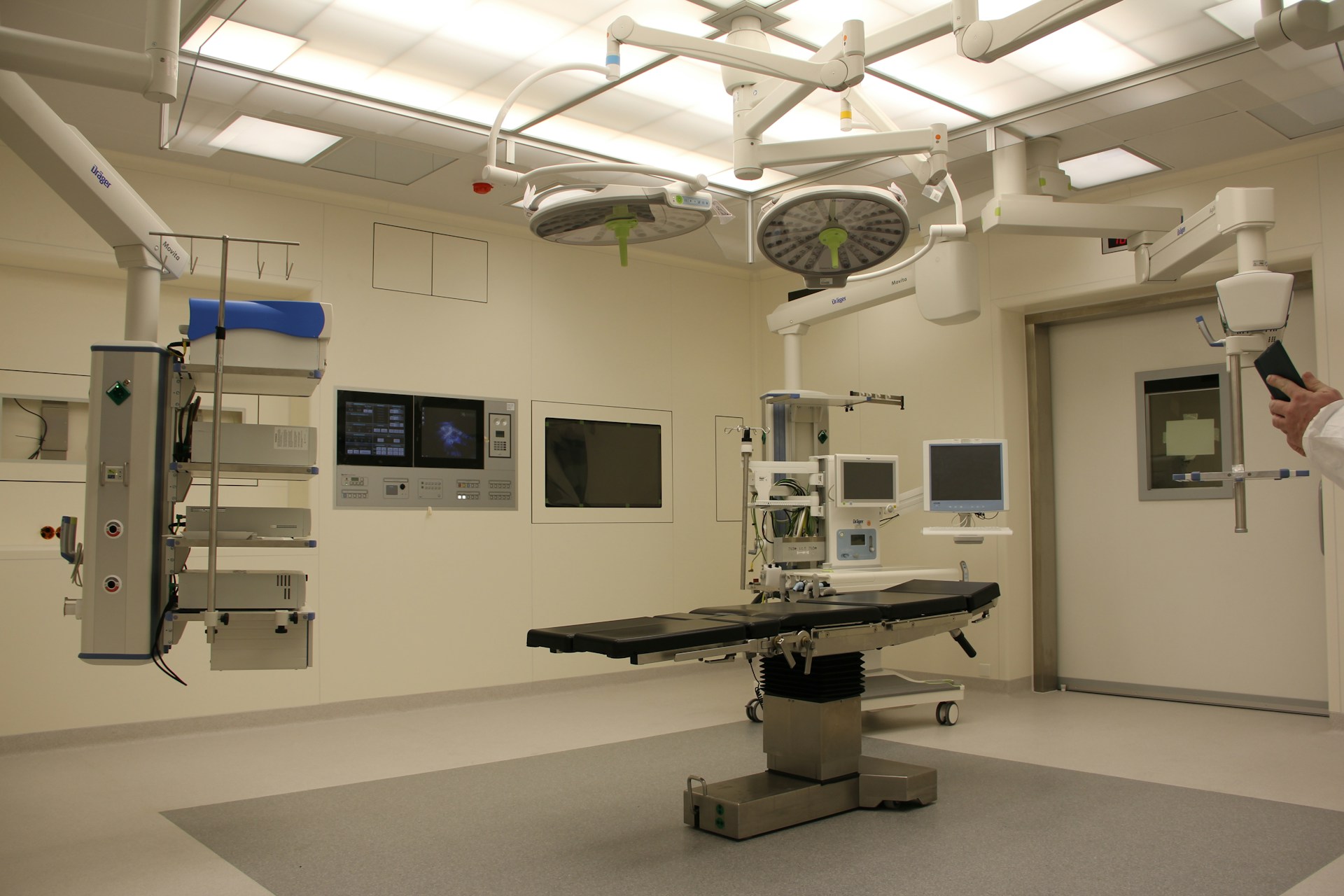Introduction
The convergence of Artificial Intelligence (AI) and Real-Time Location Services (AI-RTLS) is ushering in a new era of predictive analytics. This powerful combination is enabling healthcare organizations to not only track assets and individuals in real-time but also to forecast future needs, optimize resource allocation, and ultimately enhance patient outcomes.
From Real-Time Tracking to Future Forecasting
While RTLS provides valuable real-time data on the location and movement of assets, staff, and patients, the integration of AI takes this information to the next level. By analyzing historical AI-RTLS data patterns, AI algorithms can predict future asset utilization, patient flow bottlenecks, and staffing needs. This predictive capability allows healthcare facilities to proactively address potential issues before they arise, ensuring smoother operations and improved patient care.
Maximizing Efficiency and Minimizing Waste
AI-RTLS data, offers unprecedented opportunities for resource optimization. By forecasting equipment needs based on historical usage patterns and current patient loads, healthcare facilities can ensure that the right resources are available at the right time and place. This not only reduces waste and improves operational efficiency but also enhances the quality of care by minimizing delays and ensuring that critical equipment is always available when needed.
Empowering Decision-Makers and Improving Patient Experience
The integration of AI-driven predictive analytics with AI-RTLS yields significant benefits for various stakeholders in the healthcare ecosystem:
- Patients: Predictive analytics can forecast patient flow, reducing wait times and improving overall patient experience. It can also help in predicting potential bottlenecks, enabling timely interventions.
- Healthcare Professionals: By predicting resource needs and potential bottlenecks, AI-powered RTLS can help staff better prepare for upcoming challenges, reducing stress and improving work efficiency.
- Hospital Administrators: Predictive insights enable more informed decision-making regarding resource allocation, staffing, and long-term planning, leading to cost savings and improved operational efficiency and overall better ROI
Overcoming Challenges and Reaping Rewards
While the integration of AI and RTLS offers immense potential, its implementation comes with challenges. These include ensuring data quality, addressing privacy concerns, and fostering a culture of data-driven decision-making. However, healthcare organizations that successfully navigate these challenges stand to gain significant competitive advantages in terms of operational efficiency and quality of care.
Conclusion
The fusion of AI-driven predictive analytics and RTLS represents a quantum leap in healthcare technology. By moving beyond simple real-time tracking to predictive forecasting, healthcare organizations can proactively optimize their operations, allocate resources more efficiently, and ultimately deliver better patient outcomes. As this technology continues to evolve, it promises to play an increasingly central role in shaping the future of healthcare delivery, driving improvements in both operational efficiency and quality of care.

